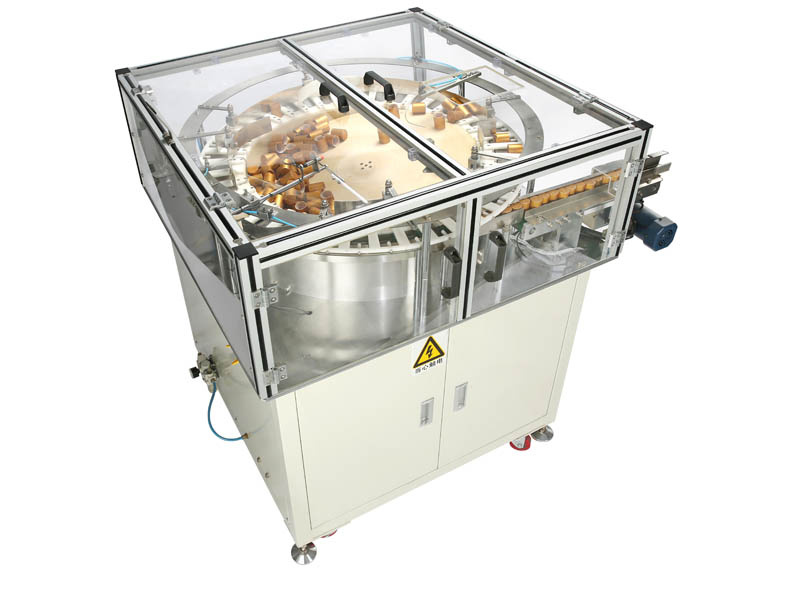News detail
Different Types Of Automated Feeders And Their Corresponding Industrial Applications
Automatic feeders are material handling machines used to control and regulate the volumetric flow rate of material in preparation for the subsequent procedures/processes. These feeders typically convey or transfer a bulk of materials at short displacement with a uniform volume. The type of feeder used varies on the kind of materials to be fed. There are many types of feeders suitable in different industries, such as:
-
Manufacturing Industry
-
Mining Industry
-
Construction industry
-
Medical and Pharmaceutical Industry
-
Chemical Industry
-
Food Industry
-
Automotive Industry
-
Electronic Industry
-
Plastic Industry
For high-quality automatic feeders, we can rely on Reliatronic feeders. Reliatronic specializes in developing and producing various cutting-edge technology for automatic feeders, like vibratory bowl feeders, centrifugal feeders, line feeders, step feeders, and robotic screw fastening machines, like handheld screw fastening machine, platform XYZ automatic screw robot, and customized automatic screw fastening system upon our customers' demands. The primary applicable industries we serve are automotive, home appliances, electronics, automobiles, electrical components, and many more.
Application And Types of Automatic Feeders
Automatic feeders are used in connecting a machine to another one that requires a certain volumetric flow rate. There are many variations in choosing what feeder is suitable for your operation. In this blog post, we will be discussing different types of feeders and their uses in the industry.
Step Feeder
This a low maintenance feeder capable of feeding spherical and cylindrical materials. Compared with other types of feeders, step feeders handle parts gentler, and they also consume a small space. In a step feeder, the materials are lifted from the hopper or bin by moving and a stationary step to a certain height. The steps are usually made of plates with the desired measurement to convey the materials. Step feeders are material friendly as the material only moves to a small displacement.
Screw Feeder
The screw feeder consists of a helical screw coiled in a shaft and a trough tube that serves as its body. These types of feeders are ideal for handling bulk solids. There are also sub-types of screw feeders. These are determined by the size and orientation/placement of the screw. However, in choosing the right type of screw feeder, several things must be considered:
-
Type of material
-
Characteristic of material
-
Measurements of feeder suction and discharge
-
Weight of material
Typically, screw feeders are used in regulating the flow of materials from a hopper to a bin. That is why it is ideal for handling cement in the aggregates industry. Screw feeders convey cement with ease due to their design and assembly. It is also used to transport ores in the mining industry.
Centrifugal Feeder

Centrifugal feeders or rotary feeders consist of a cone-shaped disc and an outer rim. It is a type of feeder that is used in high-speed feeding applications. Unlike other automatic feeders, centrifugal feeders do not use vibration in their process, making it less noisy and smoother operation.
The materials are fed by the disc using a centrifugal force. After this, the material is then distributed to the outer rim. Centrifugal feeders offer a high speed and efficient process, making them ideal in the pharmaceutical industry, food industry, manufacturing industry, and other industries where high production is required.
